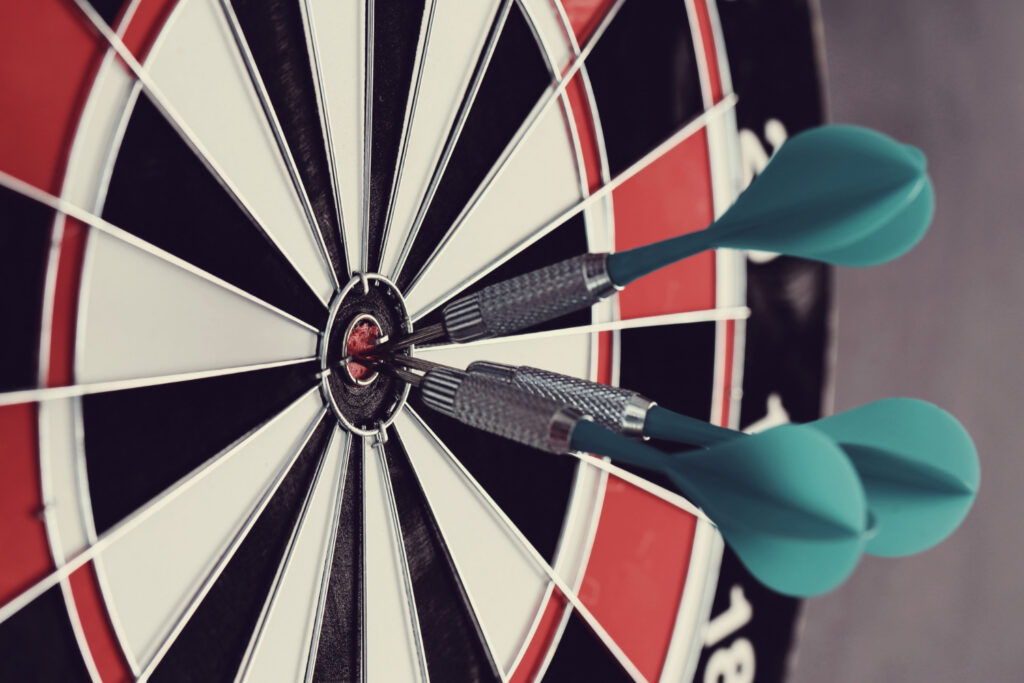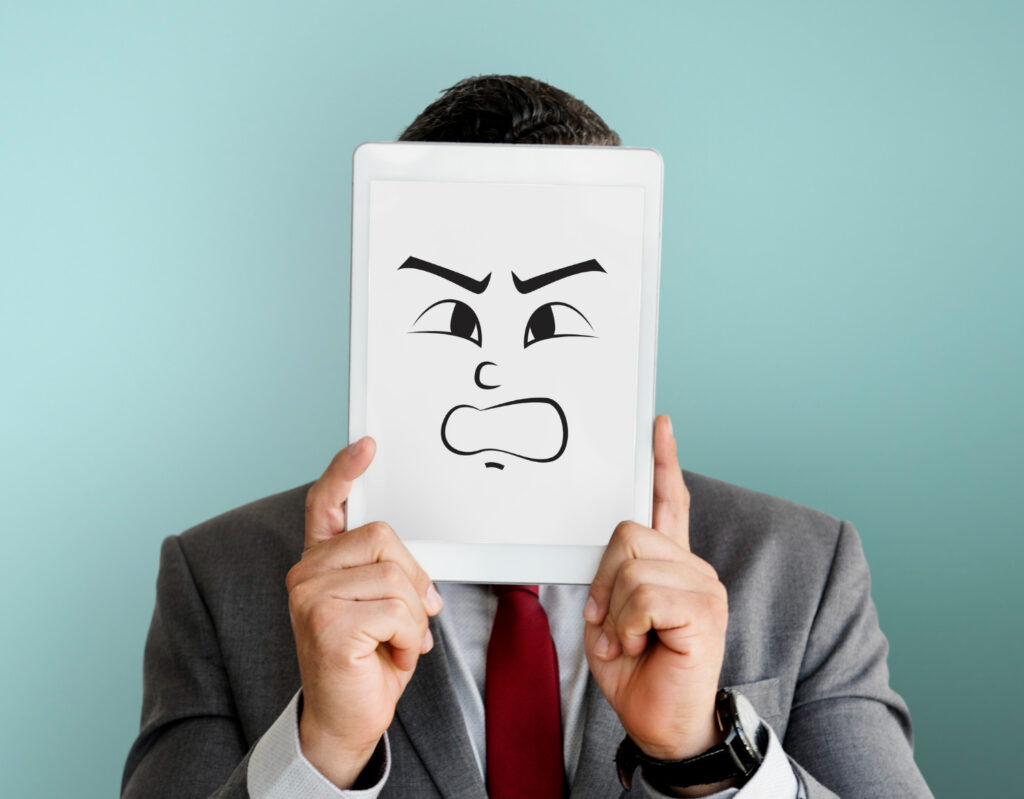Welcome aboard, eager learners! You’ve come to the right place if you want to learn the secrets of continuous improvement. In this Kaizen beginner’s guide, we’ll delve into the world of small but significant steps that can lead to significant progress. Kaizen, a Japanese term that means “change for the better,” is all about adopting a mindset of continuous improvement in all aspects of your life. Let us embark on this journey of discovery and learn seven simple strategies for implementing Kaizen for measurable growth.
Understanding Kaizen Basics
The Essence of Kaizen
Kaizen is more than a buzzword; it is a philosophy that has transformed both businesses and lives. At its core, Kaizen promotes the idea that even minor changes can lead to significant advancements over time. It is based on the idea that progress should be steady, sustainable, and adaptable. Kaizen can be your guiding light whether you’re aiming for professional or personal success.
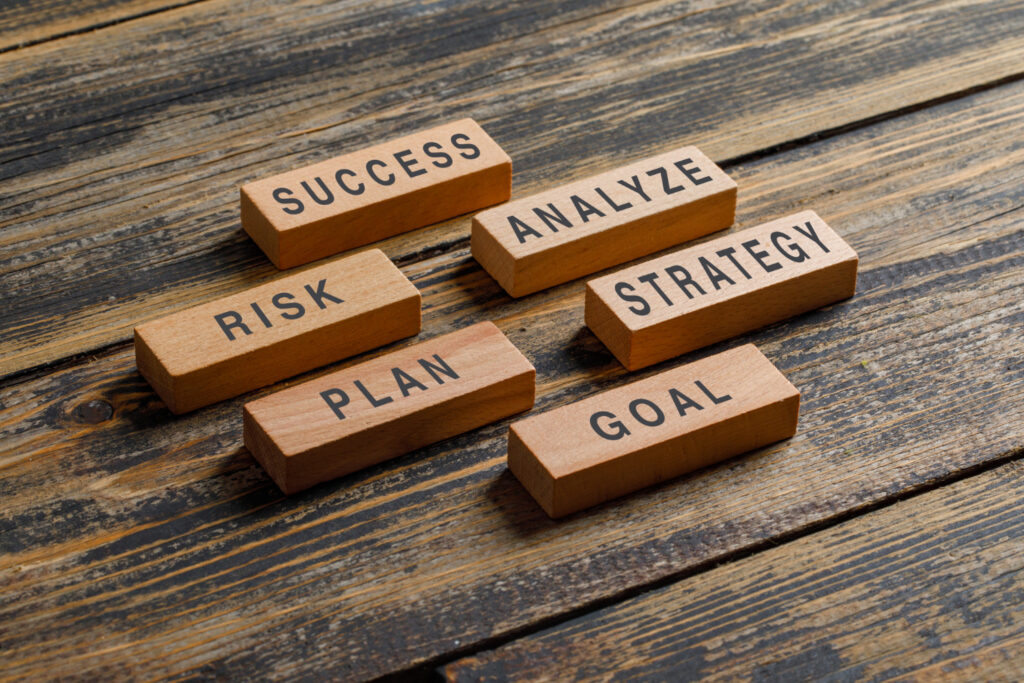
The Historical Roots of Kaizen
Kaizen has its origins in post-World War II Japan, when the country was rebuilding its industries. Toyota, the well-known automobile manufacturer, pioneered the Kaizen philosophy. The plan was to involve every employee in the improvement process, fostering an environment of innovation and efficiency. Kaizen principles have spread throughout the world over the years, demonstrating that a commitment to continuous improvement transcends cultural boundaries.
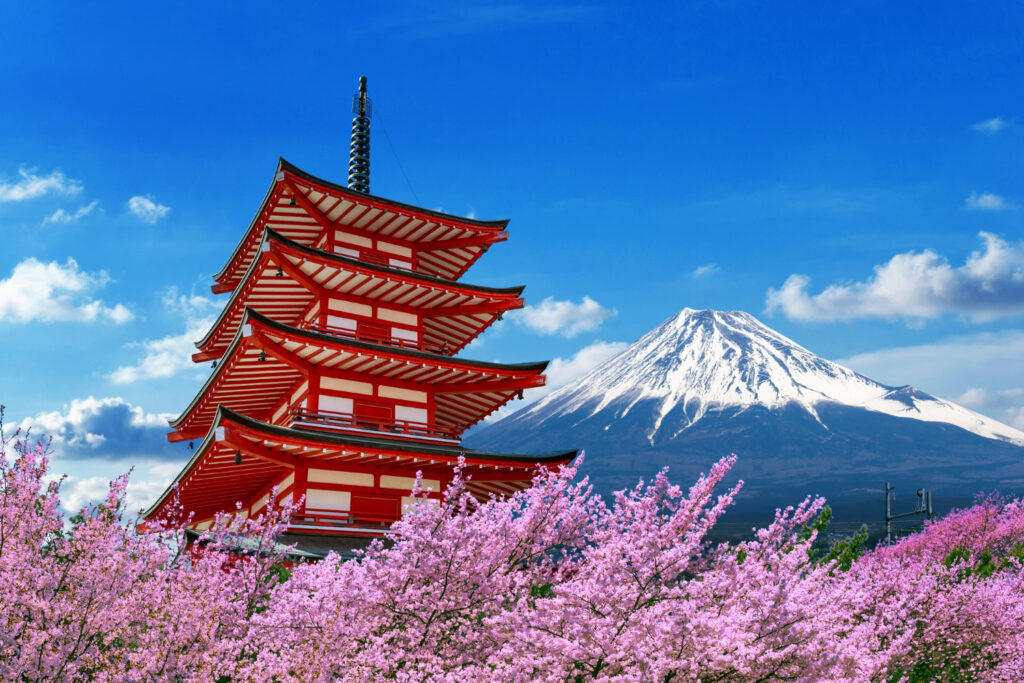
Cultivating a Kaizen Mindset
Embracing Change and Adaptability
The first step in your Kaizen journey is to open your arms to change. Recognise that change is not to be feared, but rather an opportunity for growth. You can encourage Kaizen to thrive by cultivating an adaptable mindset. Accept challenges as opportunities to learn and grow, both personally and professionally.
Setting Realistic Goals and Expectations
Kaizen is not about abrupt and dramatic changes. It is all about setting attainable goals that lead to significant progress over time. Break down your larger goals into smaller, more manageable tasks. You’ll stay motivated and celebrate your victories along the way if you focus on attainable goals.
The 5S Approach to Kaizen
The 5S method gets its name from five Japanese words, each of which represents a pillar of the methodology. Seiri (Sort), Seiton (Set in Order), Seiso (Shine), Seiketsu (Standardise), and Shitsuke (Sustain) are the terms. Each “S” is important in the transformation process, contributing to a harmonious and productive workplace.
The 5S approach, at its core, emphasizes order and discipline as critical elements for achieving operational excellence. It is more than just cleaning; it is a holistic philosophy that promotes a culture of cleanliness, organization, and meticulousness. Organizations can eliminate waste, reduce errors, and create an environment where every action is purposeful and efficient by following the principles of the 5S approach.
Seiri (Sort) – Separating the Essential from the Non-Essential
Seiri, the first “S,” focuses on decluttering and sorting through items to distinguish the necessary from the unnecessary. This step entails assessing tools, equipment, and materials, discarding what isn’t necessary, and organizing what is. As a result, the workspace is free of clutter, allowing employees to focus on what truly matters.

Seiton (Set in Order) – Structuring for Streamlined Workflow
Seiton enters the picture once the clutter is cleared away. This step entails arranging the remaining items logically and methodically. Tools and materials are kept in designated areas for easy access, reducing wasted time spent looking for things. This structured arrangement improves efficiency while also contributing to a visually appealing and well-organized workspace.

Seiso (Shine) – Creating a Culture of Cleanliness
Seiso prioritizes cleanliness and routine maintenance. A clean workplace promotes not only employee health and safety, but also a sense of pride and ownership. Organizations can prevent equipment breakdowns, identify potential hazards, and maintain a visually appealing workplace by maintaining a spotless environment.
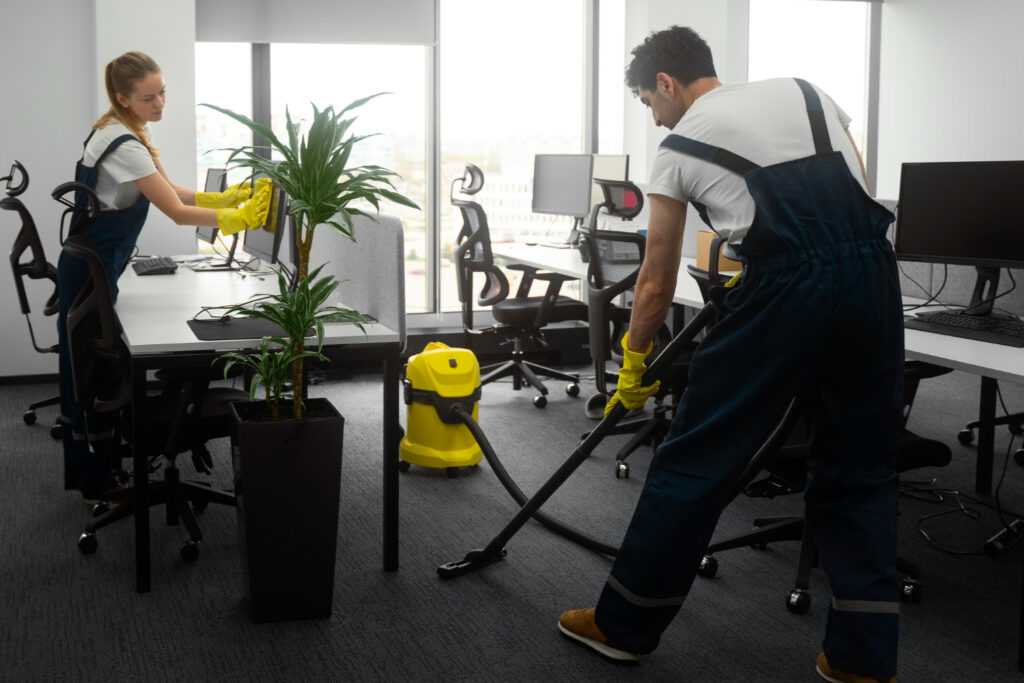
Seiketsu (Standardize) – Establishing Consistency
The Seiketsu stage is concerned with standardizing procedures and practices. Organizations create standardized processes to ensure that everyone follows the same best practices, resulting in consistent outcomes. Standardization promotes efficiency, reduces errors, and facilitates the training of new employees, all of which contribute to an excellent culture.

Shitsuke (Sustain) – Upholding the 5S Culture
Shitsuke, the final “S,” is all about maintaining the gains made in the previous phases. Maintaining a continuous improvement culture necessitates ongoing effort, vigilance, and commitment from all levels of the organization. Audits, training, and reinforcement of the 5S principles on a regular basis help to embed the philosophy into the organization’s DNA.
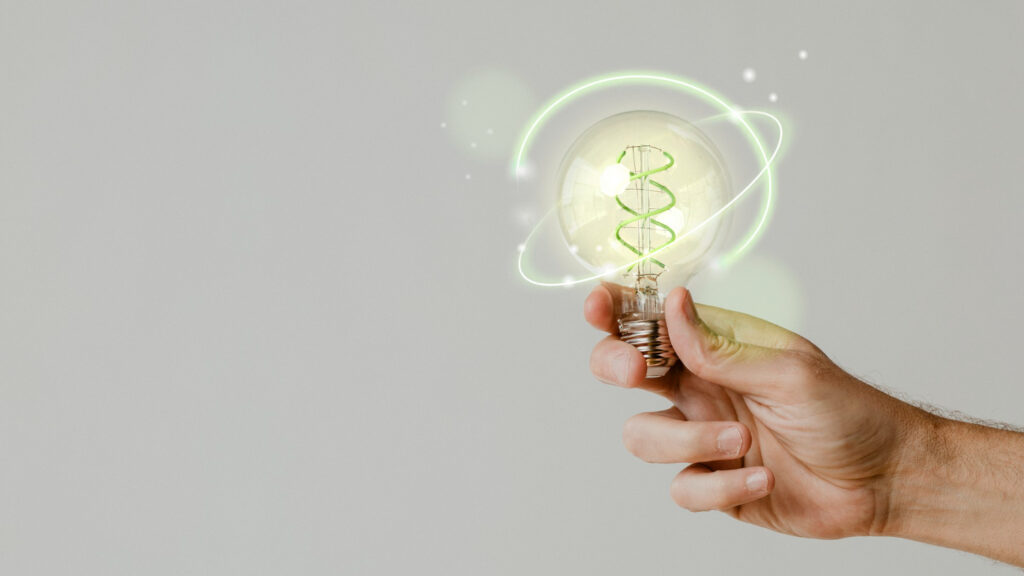
The PDCA Cycle: Plan, Do, Check, Act
Plan – Strategize Your Moves
Kaizen is built around the PDCA (Plan-Do-Check-Act) cycle. Begin with “Plan,” which outlines your objectives, strategies, and action steps. This phase entails identifying areas for improvement and creating a detailed roadmap.
Do – Taking Action and Implementing Change
It is now time to put your plan into action. “Do” refers to putting your strategies into action, whether that means developing new habits, improving processes, or learning new skills. This is the stage at which change begins to take shape.
Check – Assessing and Analyzing
As the “Do” phase comes to an end, it’s time to shift your attention to the “Check” phase. This is where you take a step back, assess your progress, and collect data to determine how well your plan was carried out. Compare the actual results to your predetermined benchmarks to determine how well your objectives were met.
Act – Taking Action in the “Act” Phase
With the knowledge gained from the “Check” phase, it is time to begin the “Act” phase. This phase focuses on taking deliberate action based on the lessons learned and data gathered. If your analysis identifies areas for improvement, develop and implement strategies to close the gaps.
Kaizen Events and Continuous Improvement Teams
Kaizen Events – Intense Bursts of Improvement
Kaizen events are time-bound initiatives aimed at solving specific problems. These gatherings bring together cross-functional teams to quickly brainstorm, analyze, and implement solutions. Kaizen events’ collaborative nature fosters innovation and accelerates improvement.
Forming Continuous Improvement Teams
Consider forming continuous improvement teams within your organisation or personal circles to keep the Kaizen spirit alive. These groups collaborate to identify opportunities for improvement, share ideas, and support each other’s growth journeys.
Visual Management and Feedback Loops
Visual Management – Enhancing Transparency
The use of charts, graphs, and displays to provide real-time information about processes and performance is known as visual management. This visual approach improves transparency by making it easier to identify bottlenecks, inefficiencies, and opportunities for improvement.
Feedback Loops – Learning from Experience
Feedback loops are critical components of the Kaizen process. Review your progress, evaluate your results, and solicit feedback from stakeholders on a regular basis. This feedback loop assists you in refining your strategies and making informed decisions for continuous improvement.
Kaizen in Everyday Life
Kaizen in Personal Development
Use Kaizen principles to guide your personal development journey. Whether it’s learning a new skill, adopting healthier habits, or nurturing relationships, consistently taking small steps can lead to profound positive changes over time.
Kaizen in Professional Advancement
Kaizen can transform the way you work in the professional world. Seek out opportunities to improve your skills, optimize processes, and innovate within your role on a regular basis. By using a Kaizen approach, you will distinguish yourself as a proactive and dedicated professional.
Conclusion
Congratulations! You’ve now begun a life-changing journey through the world of Kaizen. With these seven simple strategies in hand, you’re ready to embark on a path of continuous improvement in all aspects of your life. Remember, Kaizen isn’t about instant gratification; it’s about the power of consistent effort and the long-term impact it can have. Accept the Kaizen mindset, set realistic goals, and implement the strategies outlined here with diligence. As you take these small but significant steps, you will notice remarkable progress that will inspire you to continue on your path to excellence. So, embrace change and let the Kaizen principles guide you to a brighter and more fulfilling future.

